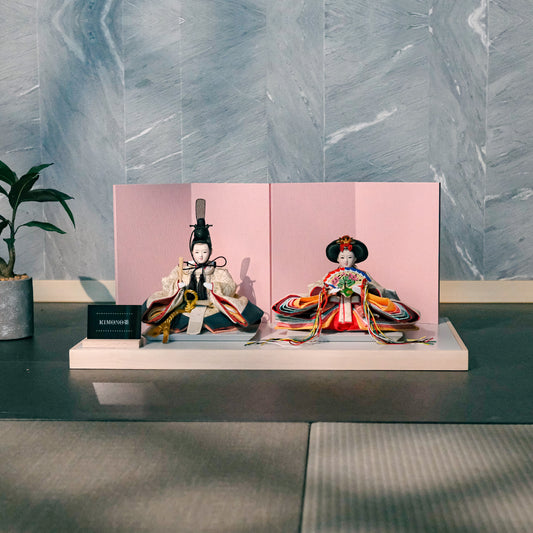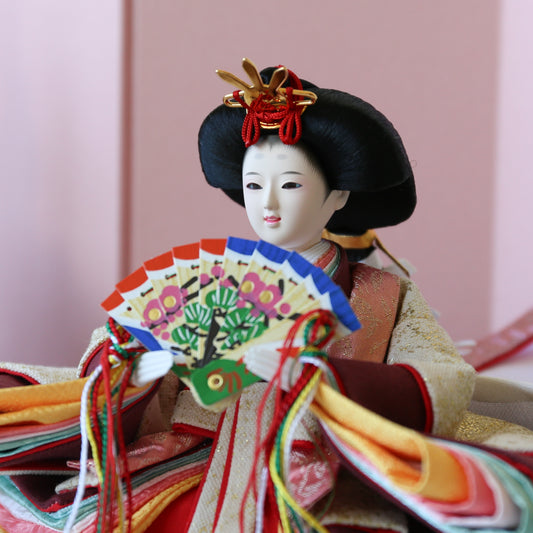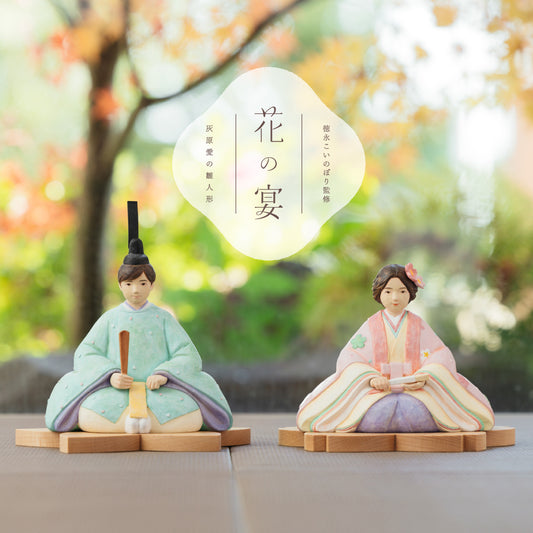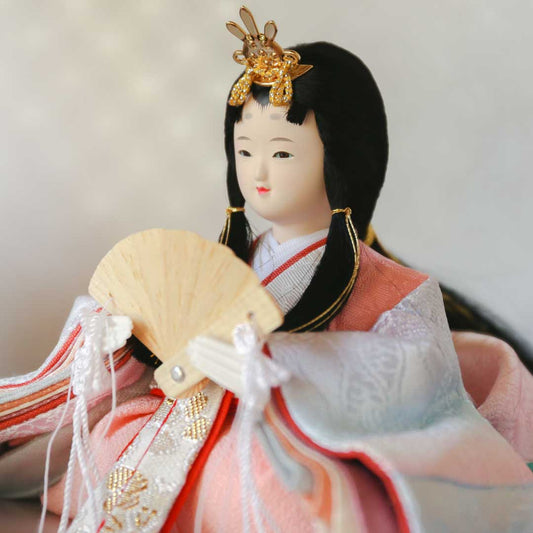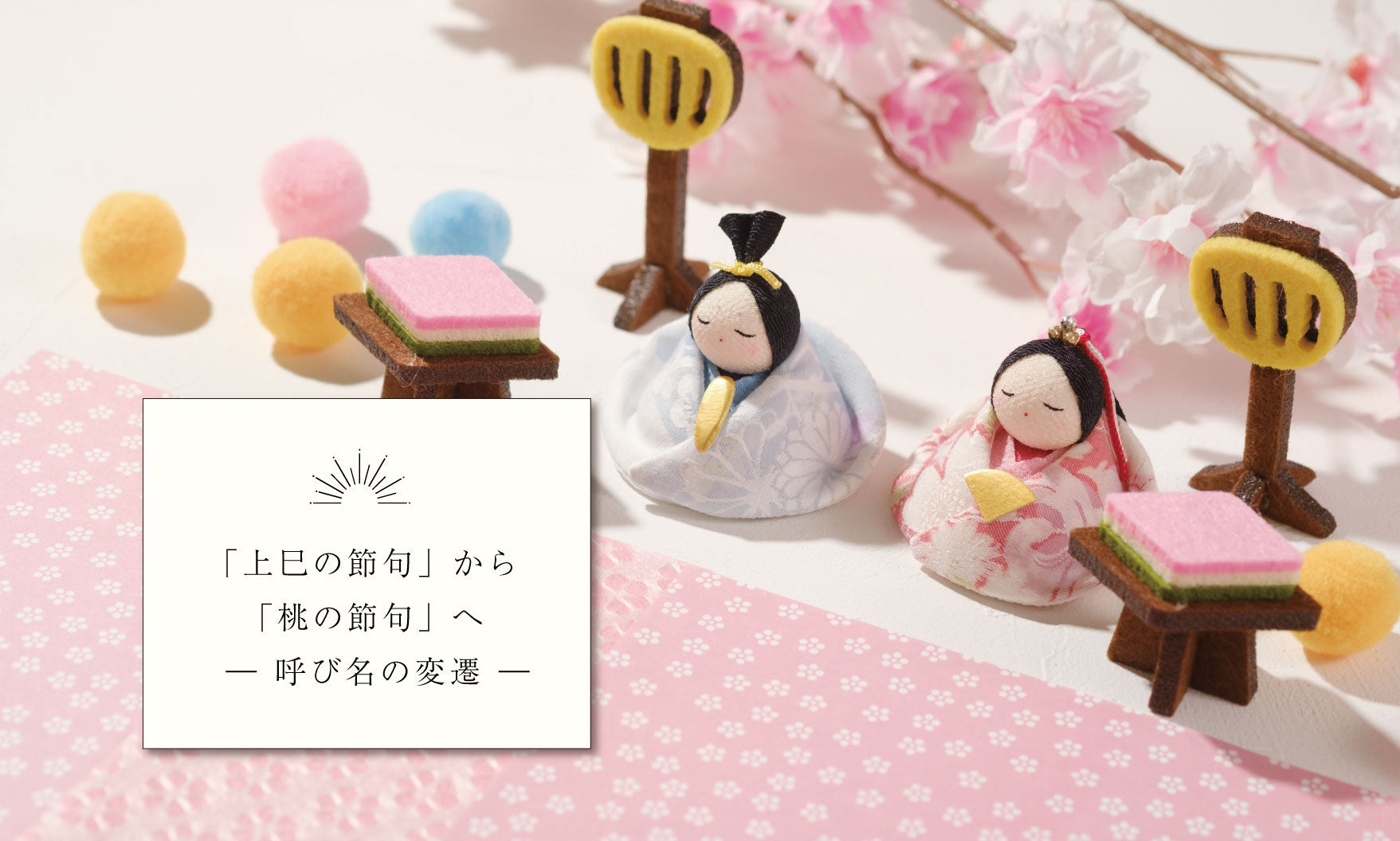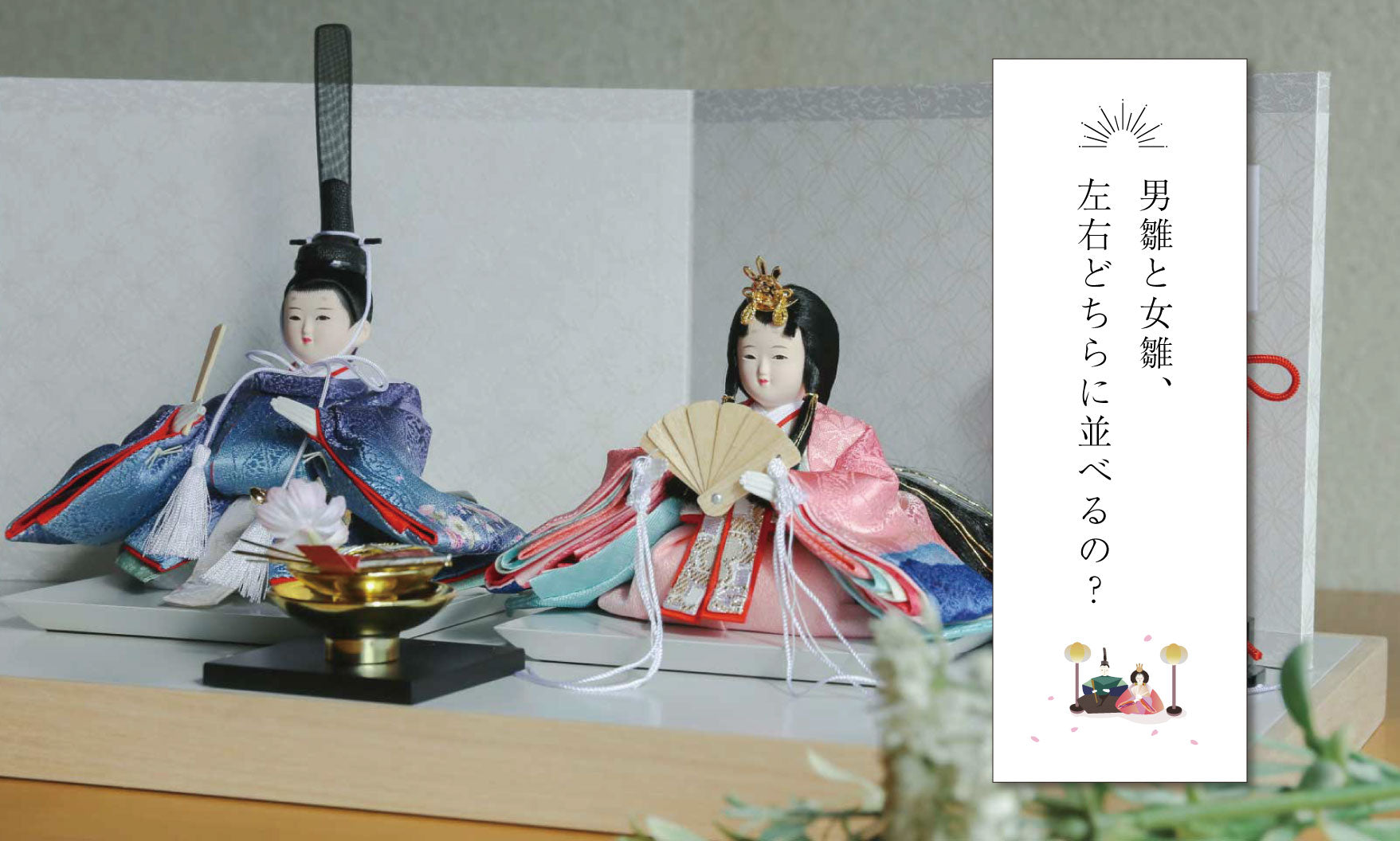March marks the beginning of spring.
The Girls' Festival, which takes place at this time, is an important annual event to pray for the healthy growth of girls.
So why did we start celebrating by decorating Hina dolls on this day?
■ The ancient tradition of "warding off evil spirits" at the turning point of the seasons
Originally, March 3rd was a seasonal turning point called "Joshi no Sekku."
In the past, people believed that evil spirits were more likely to enter the home during the change of seasons, and so they used various methods to ward off evil spirits.
One of these customs is entrusting one's impurities to a "doll" (hitogata) and then flushing it down the drain to be purified.
This is said to be the prototype of today's "Nagashibina" and "Hina dolls."

■ Hina dolls are your child's "once in a lifetime charm."
Eventually, the custom of giving a Hina doll to a girl on the occasion of her first "Hatsu-sekku" (first festival) after her birth was born.
Hina dolls are given to children with the hope that they will be protected from misfortune and live a happy life.
It is like a once in a lifetime talisman that watches over your child as they grow.
The Hina dolls have the role of gently accompanying girls at turning points in their lives until they grow up safely and become independent, and of taking on their misfortunes. 
■ Hinamatsuri, now and in the past, gives form to family feelings
Even today, people decorate Hina dolls and celebrate with the feelings of "Thank you for being born safely" and "We are glad that your child is growing up healthy."
In the gentle light of spring, families come together and pray for the happiness of their children.
Such warm moments may be the true meaning of Hinamatsuri.
The dolls are a symbol of a family's wishes, continuing from the past to the future. 


